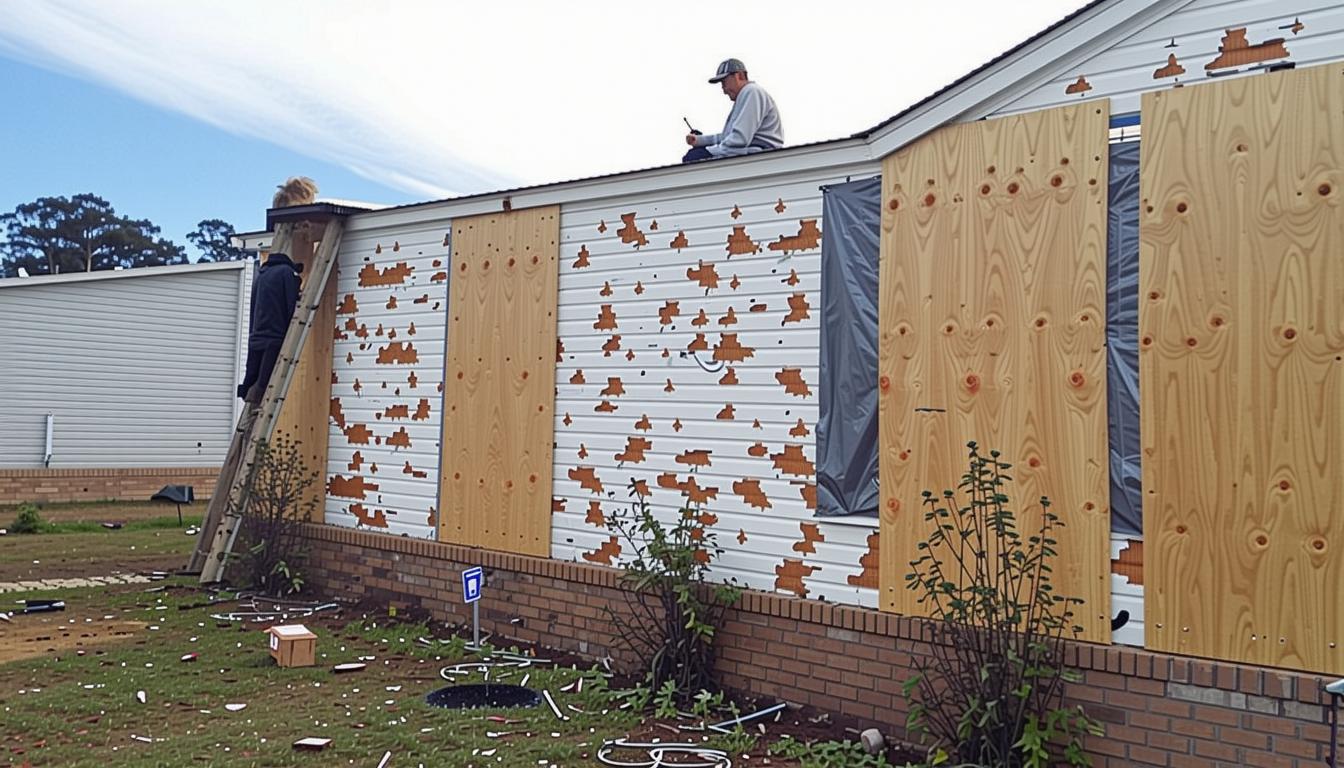Rising Home Insurance Costs: A Growing Concern Across the U.S.
As extreme weather events become more frequent, home insurance is becoming increasingly costly and less accessible. This trend is reshaping communities, particularly in areas like Southwest Florida, which suffered significant damage from Hurricane Ian in 2022.
Climate Change and Insurance: A Looming Crisis
Across the nation, community leaders are raising alarms about a burgeoning crisis. As climate change intensifies hurricanes, floods, and wildfires, the risk of weather-related disasters is escalating rapidly. Carolyn Kousky, an expert in economic policy at the Environmental Defense Fund, notes that these impacts are arriving with increasing speed and severity.
Migration to High-Risk Areas Increases Vulnerability
Despite the risks, people continue to move to coastal and forested regions, placing more properties in harm’s way. Inflation has further exacerbated the situation, driving up the cost of rebuilding. Between 2018 and 2022, home insurance costs rose approximately 8% faster than overall inflation, according to a report by the Treasury Department.
Impact on Family Budgets
As insurers pass disaster-related costs onto consumers, family budgets are feeling the strain. Home insurance is mandatory for most mortgage holders, and renters often face increased rent as landlords pass on rising insurance costs. Robert Gordon from the American Property Casualty Insurance Association warns that building expensive homes in high-risk areas will inevitably lead to higher insurance costs.
Exploring the Nationwide Impact
NPR explored three communities across the U.S. to understand the ripple effects of unaffordable home insurance and potential solutions to reduce costs.
Insurance Challenges Beyond Coastal Areas
While coastal states have long dealt with high insurance costs, the issue is now spreading inland. The Gulf Coast, prone to hurricanes, has seen a significant increase in insurance nonrenewals. Florida’s nonrenewal rate surged by 280% from 2018 to 2023, according to a 2024 Senate Budget Committee report.
California, plagued by wildfires, faces similar challenges as major insurers withdraw from the state. The Great Plains, too, are experiencing rising insurance costs due to hailstorms, with some areas paying 45% more than the national average.
Hailstorms and Rising Costs in the Great Plains
In 2024, hailstorms caused an estimated $160 billion in damage nationwide, according to the Insurance Information Institute. Nebraska’s state climatologist, Deborah Bathke, notes that conditions conducive to large hail are becoming more common, with the Great Plains expected to see more frequent hail events as the climate warms.
In Cozad, Nebraska, a hailstorm last year resulted in $100 million in damage, leaving many residents scrambling for new, often more expensive, insurance policies. The average cost of homeowners insurance in Nebraska is now nearly $6,400, the highest in the country.
Florida’s Middle Class Faces Displacement
In Southwest Florida, rising insurance costs are pushing out middle-class residents. Many retirees on fixed incomes can no longer afford their homes. Floridians are paying nearly $5,800 on average for home insurance, the third-highest rate in the nation. High insurance costs are also affecting home values, as potential buyers shy away from risky areas.
David Burt of DeltaTerra Capital warns that home values in one in five U.S. communities may need to drop by 30% to account for rising insurance costs, potentially leading to widespread mortgage defaults.
Innovative Solutions for Reducing Risk
To mitigate disaster costs, communities are investing in protective measures like fortified roofs and flood panels. However, consumer advocates argue that these efforts have yet to significantly impact insurance costs or availability.
Community Efforts in Lake County, California
Lake County, California, frequently hit by wildfires, is implementing projects to reduce risk. Residents are retrofitting homes to resist embers, and the community is creating fuel breaks and safer evacuation routes. Despite these efforts, insurance cancellations are rising, and many residents rely on California’s last-resort insurance, the FAIR plan.
Insurance companies are beginning to offer discounts for home retrofits, but larger community efforts are often overlooked in risk assessments. Nancy Watkins of Milliman is working on a database to aggregate community risk reduction efforts, aiming to reflect these in insurance premiums.
Experts emphasize the importance of incentivizing preparation through better insurance rates, building trust in the market, and encouraging proactive measures.
Contributions to this story were made by NPR’s Ryan Kellman and Robert Benincasa.
